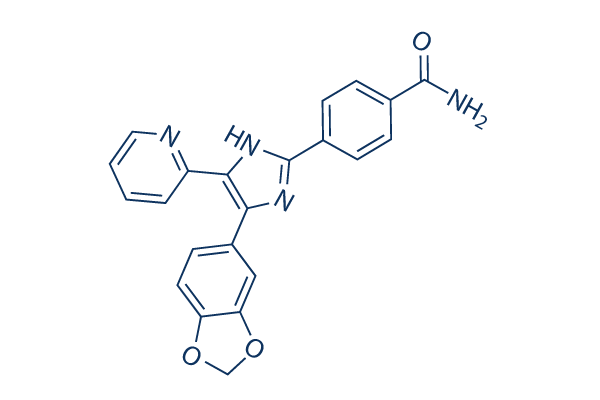Additionally, there exists evidence that aberrant Toll like recep tor and BCR signalling could be involved affecting PI3K and/or MAPK/Erk signalling in addition to NF ?B. These information are based primarily on interven tions of constitutively activated pathways by knockdown experiments and mutational examination. To obtain additional insight into cell signalling networks and their presence in personal human NHL, we utilized human transformed GC B cells. We show that B cell unique stimuli may be utilized to determine gene ex pression alterations. This permits a switch in gene ex pression from a steady state degree characteristic of BL in the direction of that of DLBCLs. Representative sets of genes are made use of to describe person lymph omas. DLBCLs are heterogeneous while in the visual appeal of the magnitude of their gene module activation ranging concerning off and on.
Our data assistance the view that, as an example, tonic and/or activated mitogen acti vated protein kinase and phosphoinositide 3 kinase pathway components are part of a signalling network that distinguishes individual DLBCL. Additionally, selleck inhibitor a helpful in vitro model strategy to test for person therapy methods is presented. Outcomes and discussion Worldwide gene expression adjustments in human transformed germinal centre B cells stimulated with B cell distinct paracrine stimuli To be able to realize international gene expression modifications to describe key pattern of gene expression and also to determine pathway action in aggressive NHL we utilized as our model strategy, the BL2 cell line, which can be derived from germinal centre B cells.
BL2 cells have been stimu lated using CD40L, BAFF, IL21, IgM F 2 fragments or lipopolysaccharide as described in Material and Strategies PF2341066 Crizotinib section. These stimuli were picked, due to the fact they may be well-known mediators of signalling in B cells, concerned in GC B cell microenvironment and concerned in B cell lymphoma initiation or maintenance. Following stimulation, we desired to recognize gene ex pression changes which reflect pathways concerned in lig and particular signal transduction and pathways potentially energetic in aggressive NHL. Time factors of stimulations have been chosen to attain a signal powerful ample to be detected as gene expression modify with the entire genome level. Probes of 3 independent biological experi ments had been hybridized to U133 plus two. 0 microarrays. Differentially expressed genes have been recognized applying lin ear designs as implemented inside the Bioconductor package deal LIMMA.
False discovery rates  of differentially expressed genes were calculated according on the Benja mini and Hochberg within a paired check as described while in the Material and Strategies section. Genes together with the best modify in expression and with an adjusted p worth 0. 05 in response to each and every stimulus had been picked for further evaluation. The top rated one hundred differentially expressed genes are depicted as heatmaps in Figure 1.
of differentially expressed genes were calculated according on the Benja mini and Hochberg within a paired check as described while in the Material and Strategies section. Genes together with the best modify in expression and with an adjusted p worth 0. 05 in response to each and every stimulus had been picked for further evaluation. The top rated one hundred differentially expressed genes are depicted as heatmaps in Figure 1.
Dehydrogenase Signal
LDH exists in four distinct enzyme classes.
